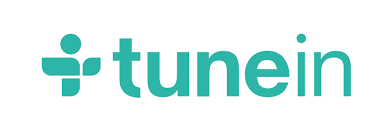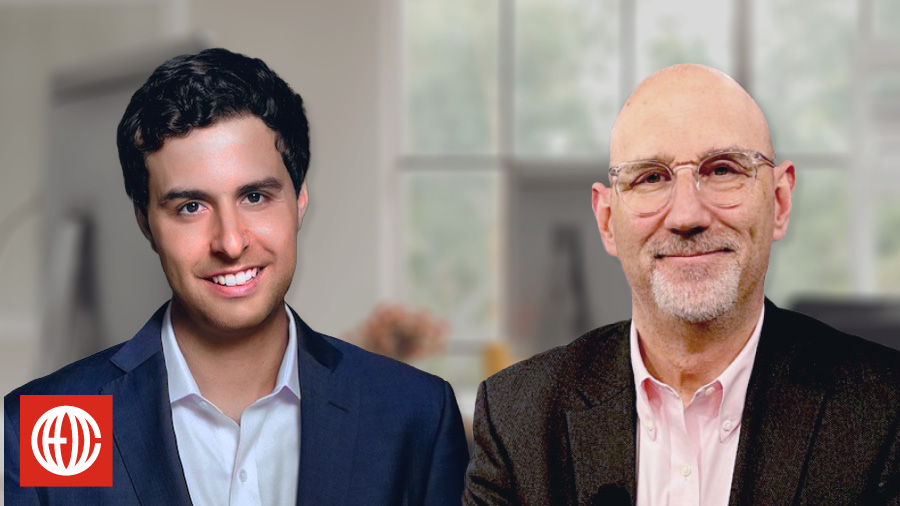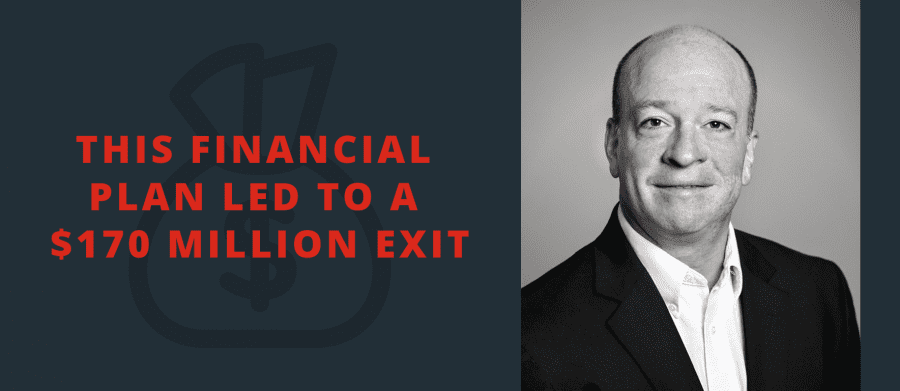
Guest: Don Schiavone, Managing Director of CEO Coaching International
Episode in a Tweet: Grasshopper’s former COO coaches companies to plan better, experiment more, and get BIG quicker.
Quick Background: How did Grasshopper grow from a virtual voicemail leader to a $170 million-dollar sale? In no small part, because they hired a superstar COO: Don Schiavone. Don’s SaaS and technology expertise combined with his commitment to rigorous testing and annual planning were instrumental in getting Grasshopper BIG.
On today’s show, Don Schiavone, who is now Managing Director of CEO Coaching International, explains how to fine-tune your baseline forecast to create a compounding effect that will accelerate your growth way beyond what companies can accomplish with more traditional top-down planning. If you incorporate Don’s proven best practices into your own upcoming planning sessions, you’ll be well on your way to a BIG 2019.
Key Insights on Financial Planning from Don Schiavone
1. Create a solid – and realistic – baseline.
I think one of the biggest challenges executives face when they come into a new year is, ‘What should I set as the goals for my team to achieve?’” Don Schiavone says. “A lot of times, I see clients and business leaders that strive to put a lot of hope and expectations into the next year, but there’s not a lot of basis of fact to get the team excited.”
I love big, hairy, audacious goals, but there has to be a fundamental level of support for those goals on the ground floor of your business. So Don recommends that before you set your sights on your BHAG, you go through a thorough baselining:
“That starts with truly understanding the previous year, looking back month by month at our P&L, and what drove that P&L, and then what is consistent and repeatable versus the experiments we tried that didn’t work out. By the end of the year, hopefully, you have a good run rate that underpins sales metrics, marketing metrics, operations, and customer service.”
Remember, your baseline numbers aren’t the goal, they’re a snapshot of your previous year’s successes and failures that will serve as your starting point for 2019. The more honest this baseline is, the more realistic your BHAG will be, and the more motivated your team will be to hit that big hairy monster.
2. Resist complacency.
So, how does that baseline look? Did you grow? Are you happy? Do you think you can maintain that growth rate, or even improve it a tick or two, if you just keep doing the same things next year?
“That’s hope,” Don warns, “and hope isn’t a strategy. The larger you are, the harder it is to hit that same growth rate. $1 million in overall revenue, 20% growth target, $200,000. $10 million, much bigger number. $100 million or a billion-dollar company, even more challenging to hit. Eventually, you’re going to run out of momentum. Marketing, sales, techniques that are working today will start to saturate.”
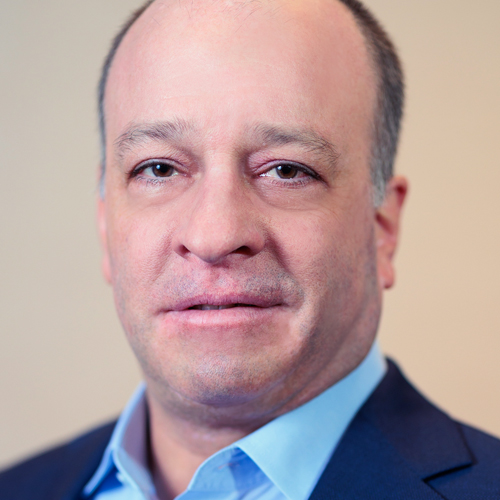
This realization was a turning point during Don’s tenure at Grasshopper. The company was doing well, but they also saw the writing on the wall: in a competitive marketplace, their growth was going to stagnate if they didn’t make some changes. So, with Don’s guidance, the company asked itself some provocative questions that led it to scrap what wasn’t working, double-down on its core competencies, and create a new and better version of itself.
Simply put, complacency kills. Your goals for 2019 should be realistic, but they should also be transformative. If you’re not constantly evolving and improving, someone else will create that better version of your company: your competition.
Fire your Q1 bullets.
Don Schiavone says, “The next step in the process is to resist the temptation to throw all of these items into the forecast to make up a number for the end of the year. I urge my clients to start with the first quarter. It starts with that 13-week march of your upcoming quarter where you fire bullets. These are tests against the leading indicators that will move that baseline forward.”
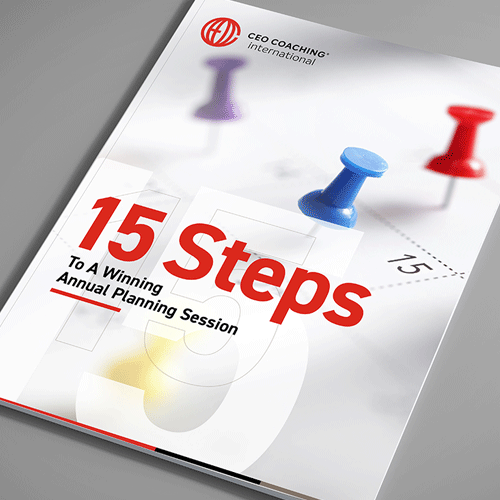
FREE EBOOK
In other words, think BIG, but start small. You want to increase sales? Great. But you can’t just tell your sales team to go out and “increase sales.” That’s not specific, it’s not actionable, and it’s not measurable.
“How are you going to increase sales?” Don would ask. “Is it new customers or is it existing customers? If it’s new customers, what part of driving new customer growth can it be? Is it the top of the funnel where now that’s more marketing-centric tests? Is it conversion rate where we now have to do training, role-playing, or other skills upgrades for our sales team? Maybe, to grow, we need to hire more people?”
What Don’s advocating is very different from a typical “hope strategy” that would demand X growth, immediately, no matter what. Companies that think this way are so focused on a number that they don’t bother figuring out the best way to hit it. They’re too scared to experiment, because a misfire might throw off that narrow-minded growth target.
That’s not how you get to BIG. Again, look at some of the innovative thinking Don employed at Grasshopper:
“We had a concept for a new product offering, and so we threw up a web page and advertised it. We were just seeing what the market intent was. Would they purchase it? What was the pricing? If a customer selected that offer, we put them into a queue for potential customers and said, ‘We’re doing market research to see the viability of this product, and we’ll contact you when it’s released.’ We didn’t have to build anything. You just had an idea, but you’re seeing if you could sell it. If you respond with, ‘Well, thank you. We’re investigating if there’s a need. Oh, by the way, would you like to participate in beta and have a say in how this might shape up?’ Now they can participate in shaping that idea.”
Not every bullet you fire in Q1 is going to hit its target. But the ones that do are going to do something much more valuable than help you hit a short-term number: they’re going to help you exceed those numbers and compound your annual growth exponentially.
3. Review and repeat.
At the end of Q1, it’s time to take stock of your experiments. Move on quickly from what didn’t work out. But any silver bullets you’ve discovered should become part of the activities you’re executing daily, measuring regularly, and reviewing through your regular meeting rhythm.
“Healthy companies will create one or two focused initiatives to go after a quarter,” Don Schiavone explains. “Let’s say we know we can go get some mileage out of increasing new customer acquisitions through some marketing bullets. Now we’re going to ask the team, ‘What are those three or four tests?’ and we’ll manage them through the weekly meeting. ‘What did we say we were going to do last week? Did we get it done? What did we learn? What can we do for the upcoming week in the spirit of moving that needle, which is new customer acquisition, forward?’ The most successful and high-growth companies follow this religiously, and it’s about that commitment to test, learn, implement back into your plan, and repeat.”
Top Takeaways
- Start from square one. Baselining will help you determine the current state of your company and set better goals for the year ahead.
- Don’t be afraid to experiment. If you’re too afraid of short-term losses to try new things, you’ll slip into complacency and stagnate.
- Get in a rhythm. Establish a meeting rhythm with your team to take stock of old and new initiatives and adjust as necessary.
The Make BIG Happen System
Learn more about the proven methodology for CEOs, entrepreneurs, presidents and founders of companies that helps them drive extraordinary growth in their businesses. The rhythms, the questions and the tools are all explained.
About CEO Coaching International
CEO Coaching International works with CEOs and their leadership teams to achieve extraordinary results quarter after quarter, year after year. Known globally for its success in coaching growth-focused entrepreneurs to meaningful exits, the firm has coached more than 1,500+ CEOs and entrepreneurs across 100+ industries and 60 countries. Its coaches—former CEOs, presidents, and executives—have led businesses ranging from startups to over $10 billion, driving double-digit sales and profit growth, many culminating in eight, nine, or ten-figure exits.
Companies that have worked with CEO Coaching International for two years or more have achieved an average revenue CAGR of 25.9%, nearly 3X the U.S. average, and an average EBITDA CAGR of 39.2%, more than 4X the national benchmark.
Discover how coaching can transform your leadership journey at ceocoachinginternational.com.
Learn more about executive coaching | Meet our world-class coaches





